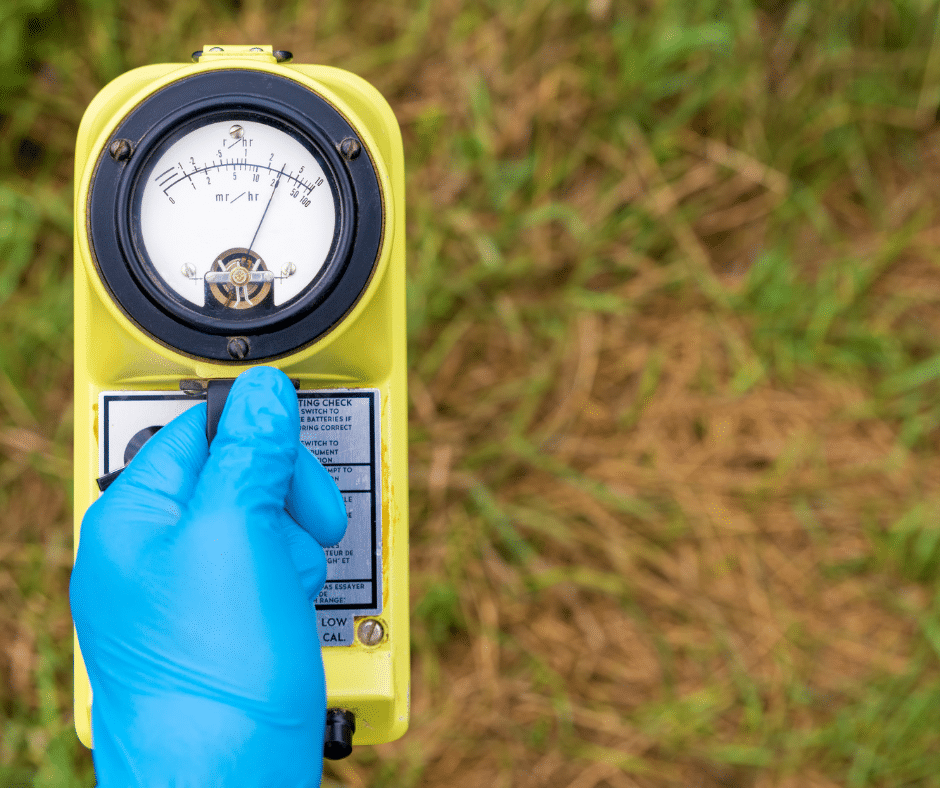Radiation is a type of energy that is emitted from radioactive materials. These materials can be harmful to people and the environment if not handled correctly.
While radiation cannot be seen by humans, it can be detected and measured through special equipment. The human body responds to these harmful rays and must be protected from them.

Typically, the only way that people come into contact with radiation is through exposure in a controlled or contained environment. This may occur while working in certain industries, such as at a nuclear power plant, for example.
While humans cannot typically see or feel radiation, it does pose a threat to the body. Radiation is everywhere in our environment; it is actually all around us at any given time. However, most of this type of energy does not affect people because it is either filtered out naturally or blocked by objects like buildings and cars, for example.
People are exposed to radiation every day through the foods they eat, drinking water, or from the sun’s rays, for example. In fact, humans actually cannot live without these good types of energy from the sun.

Exposure to ionizing radiation comes from man-made sources, such as from a nuclear power plant accident that involves a nuclear meltdown. This is a different type of energy than ultraviolet radiation or infrared radiation.
The sun emits a type of ionizing radiation called ultraviolet light, which can cause damage to the body’s cells and tissues. There are also long-term effects from being exposed to this kind of radiation in space over time, such as vision loss or cataracts. The sun also emits infrared rays, which are heat energy.
Radiation is part of the electromagnetic spectrum that includes all types of light energy. It consists of extremely high-energy waves having frequencies in the speed of light range. Types of electromagnetic radiation include gamma rays, X-rays, ultraviolet light, visible light, infrared, microwaves, and radio waves.

What light is invisible to the human eye?
There are many different types of light that are invisible to the human eye. These include infrared radiation, ultraviolet radiation, and microwaves.
In conclusion, radiation is the release of energy in the form of waves or particles. It does not have mass or weight, but it can be detected and measured through special equipment. While humans cannot typically see radiation, it poses a threat to the body if it is exposed to high doses.
